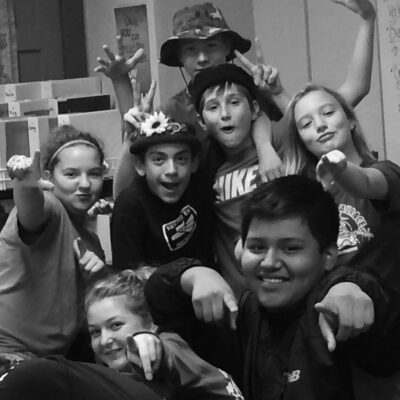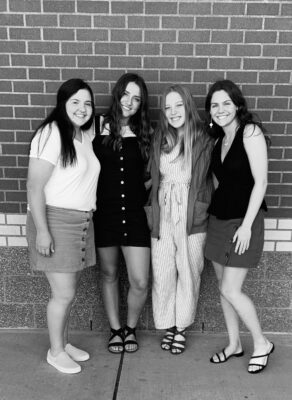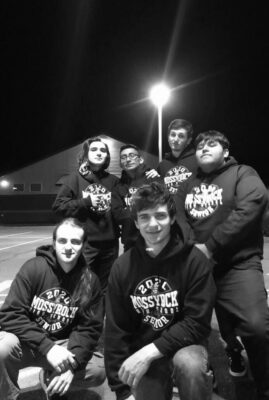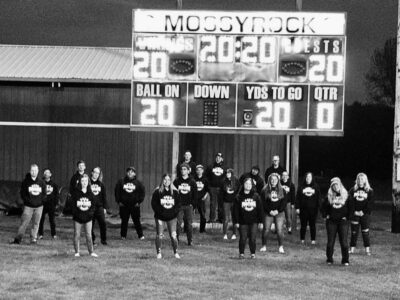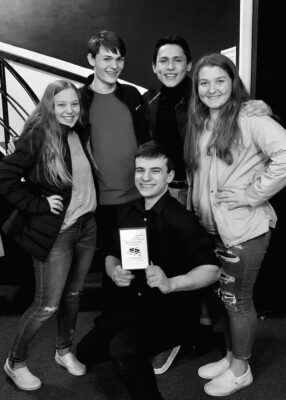I’m pretty tired of the term “unprecedented.” At this point, I think educators are just ready to expect the unexpected. Our amazing team of custodians has a saying to cope with each new challenge: “well, it’s normal for this year.”
Unsurprisingly, there was a lot of uncertainty approaching this school year. How will our community respond to the mask and vaccine mandates? Can we continue to push forward our equity work amidst CRT controversy? What will we do about the inevitable positive cases? How will we sustain our personal mental health and energy in order to make this year a success?
Though we can’t have answers to those questions without living through them, there is one thing I was certain of starting the school year: relationships first.
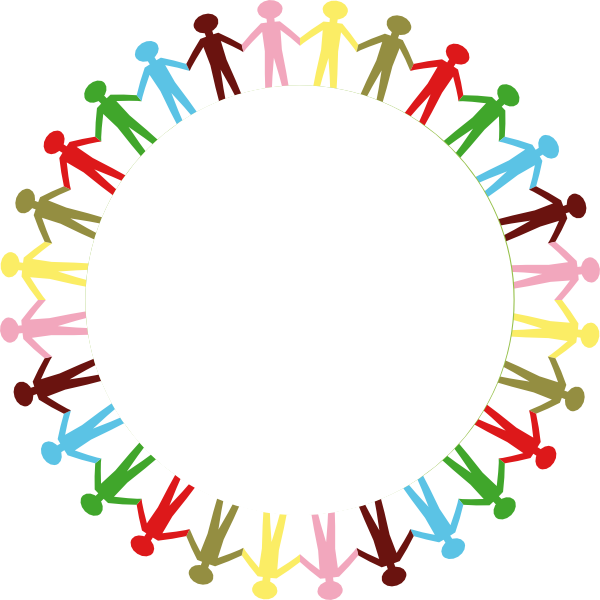
Steps Toward a Restorative Classroom
I’ve heard that phrase “relationships first” in educational spaces so much it has almost become cliche. But, that doesn’t make it any less true, especially this year. During this pandemic (past and present), we know our students have experienced trauma, unsafe homes, isolation, and depression. We know they are coming to us carrying those burdens, and they’re doing their best to cope with omnipresent anxiety, on top of the “normal” stresses of being a teenager.
This year, I really wanted to challenge myself to make my classroom as student focused as possible. I have always been interested in restorative practices and after I attended a zoom training with the International Institute of Restorative Practices last spring, I set a few goals for myself, starting with setting our classroom community from day one.
Classroom Circles
I’ve tried a few classroom circles in the past, but never with any sort of regularity or fidelity. So, this year, I decided to start every class with one. Every single class. Every single day.
I was nervous the first time, but I was pleasantly surprised by how my students came along with me.
I have my tables arranged so we can stand in a circle, facing one another, and we pass a little stuffed unicorn (because, why not?) The first time we go around, we say our names and answer the question, without explanation. Then, in round two, they have a chance to expand on their answer. I’ve found this gives students who might not have a quick answer time to think and they can also borrow from their peers if something they said resonates. Saying, “yeah, what Brayden said” is a sneaky clue that they’re practicing active listening and building connections with one another.
It’s early, but so far, no one has refused to participate (though I did have a teacher anxiety dream where they all stormed out!). Sometimes, students say “I don’t know” and I make sure they know that’s okay. Not every question will resonate with every person, but I try to cover a wide range of interests.
We then do one last whip around with a quick either/or question before settling back into our seats.
I have questions ranging from the surface, but very controversial, pancakes or waffles to some that are slightly more revealing like “When you were little, what did you want to be when you grow up?” We’ve also done one word check-ins that can take the temperature of the room in seconds.
It’s fascinating to watch their personalities come out, even in just the first few weeks. You can tell so much about them not just by what they answer, but how. Does this student give one word answers every time? Does that one want to take over conversation and share their life story? Some of the best answers come from an introverted student who takes us all by surprise with a perfectly insightful answer that makes us all laugh.
As we start our first unit this week, I am also going to use these circles as a sort of anticipation guide, relating our questions to our content.
So Far So Good
I had my first observation of the year Monday morning and in his notes, my administrator highlighted how the classroom feels inclusive, energetic, and comfortable. I greeted students at the door to check in before class started, as I always do. And when the bell rang, they eagerly jumped into the circle before I could even finish sharing our word of the day (indigenous).
My admin noticed that all students shared in our circle, listened to one another, and showed they felt at ease in my room. He said, “They were all engaged in the lesson, and they were having fun doing it.”
I feel like that’s about the best I can hope for to start this year. Plus, it’s a solid data point to remind me, later on when schedule pressures feel hectic, that meeting students where they are and caring about them as human beings are all that really matters.
